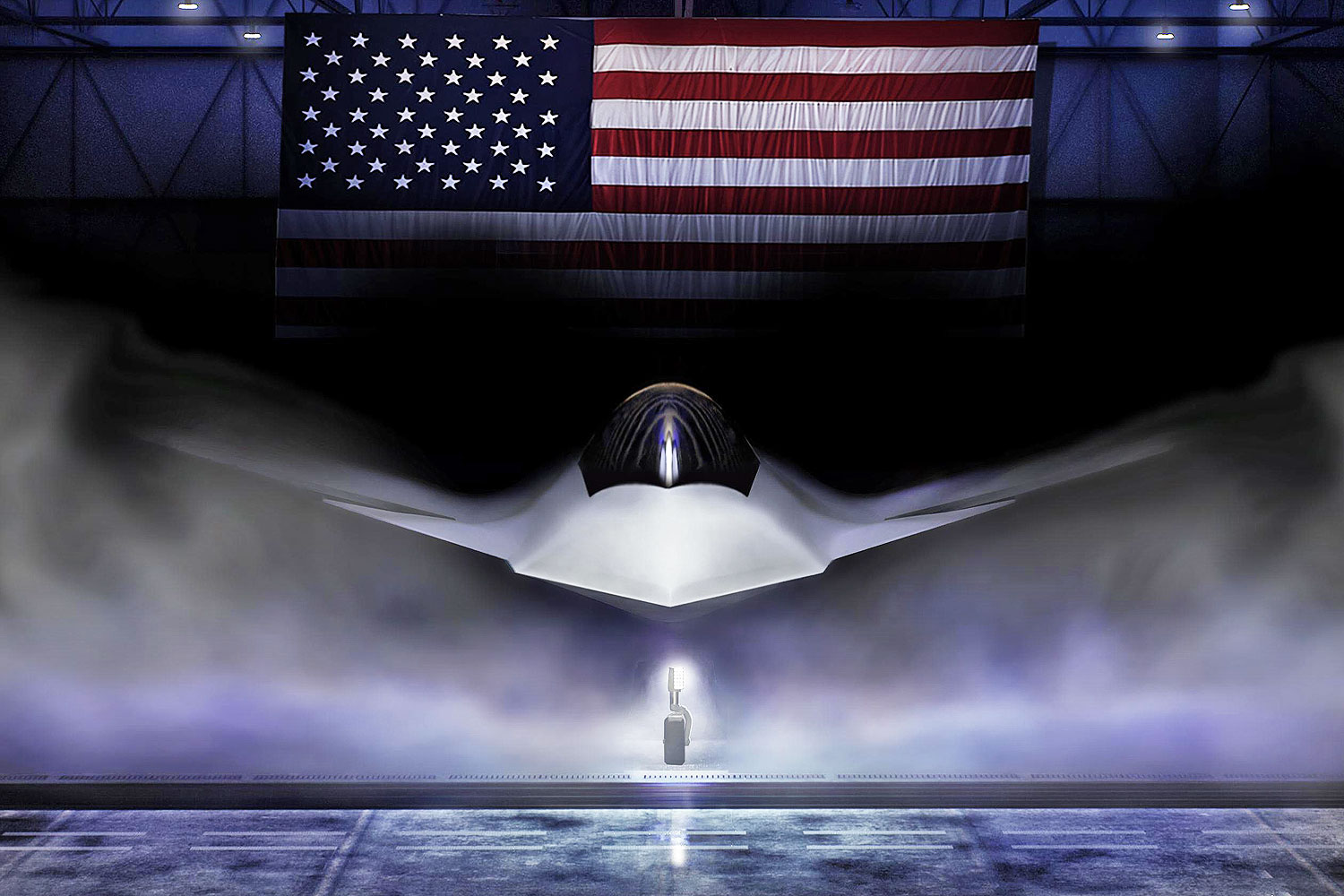
The U.S. is racing to build next-generation fighter jets that will provide air dominance for decades to come, and fronting the competition are the Air Force’s F-47 and the Navy’s F/A-XX—both sixth-generation aircraft not only to upgrade retired fleets, but to transform air combat in an increasingly dangerous world.

The Air Force’s F-47, which is in the Next Generation Air Dominance (NGAD) program, was unveiled recently as Boeing’s victory over competitors Lockheed Martin and Northrop Grumman. Former President Donald Trump described it as “the most dangerous aircraft ever made.” The F-47, a stealthy, long-range fighter intended to replace the F-22 Raptor, has already been flying experimentally for several years now. It is the backbone of a “family of systems,” flying in conjunction with autonomous drone wingmen—Collaborative Combat Aircraft (CCA)—to provide range, survivability, and firepower extension.

Boeing’s win is important, particularly as its older Super Hornet line closes down. Company executives dubbed the F-47 program their largest-ever defense bet. The plane will also have an adaptive engine from GE or Pratt & Whitney, and is predicted to be less expensive to maintain and more sustainable than the F-22.

Meanwhile, the Navy’s F/A-XX will replace the F/A-18E/F and EA-18G Growler. It’s 125% greater range compared to existing jets, plus AI-powered battle management, stealth, and in-flight refueling; it’s designed for the Pacific’s huge distances.

Rear Adm. Michael Donnelly stated it will coordinate closely with unmanned aircraft and extend the reach of carrier strike groups, particularly with the help of the MQ-25 drone tanker.

Boeing and Northrop Grumman are vying for the F/A-XX contract following the exclusion of Lockheed Martin. While the program has been plagued by budget woes, Congress voted through $1.4 billion in appropriations to keep the program going. The Navy warns that with the loss of the F/A-XX, it would be forced to stretch out old planes or purchase additional fifth-generation aircraft—both expensive trade-offs.

At the heart of both programs is a deeper concern: whether the defense industry can handle building two sixth-gen jets simultaneously. Pentagon leaders worry about strain on manufacturing capacity and budgets, though Boeing’s role in both could bring some efficiencies—if managed carefully.

Technologically, they are light-years ahead of what’s in the skies today. With tailless configurations, adaptive engines, AI systems, and drone teaming, they’re designed for multi-domain, complex battlefields. Unlike the F-35, which is designed to coordinate across domains, these fighters are designed for distributed, autonomous operations from the ground up.

What’s making us hurry? New steps in hidden plane and far-shot rocket tech by possible foes. The U.S. still holds some top perks, but the space between is getting small real quick. U.S. heads see that if they don’t act now, they might lose their lead in a place where winning the sky fight is key to doing well.

The clamor for unmanned teaming is equally important. CCAs will act as scouts, jammers, decoys, or additional missile carriers, offering pilots greater choices and maximizing survivability in hostile airspace. This manned-unmanned team is regarded as combat aviation’s future.

Ultimately, this is more than a fight for planes—it’s a test of vision, political will, and industrial muscle. What the U.S. decides to make today will determine not only the next warplane but the very nature of how it fights, deters, and wins in the skies to come.
